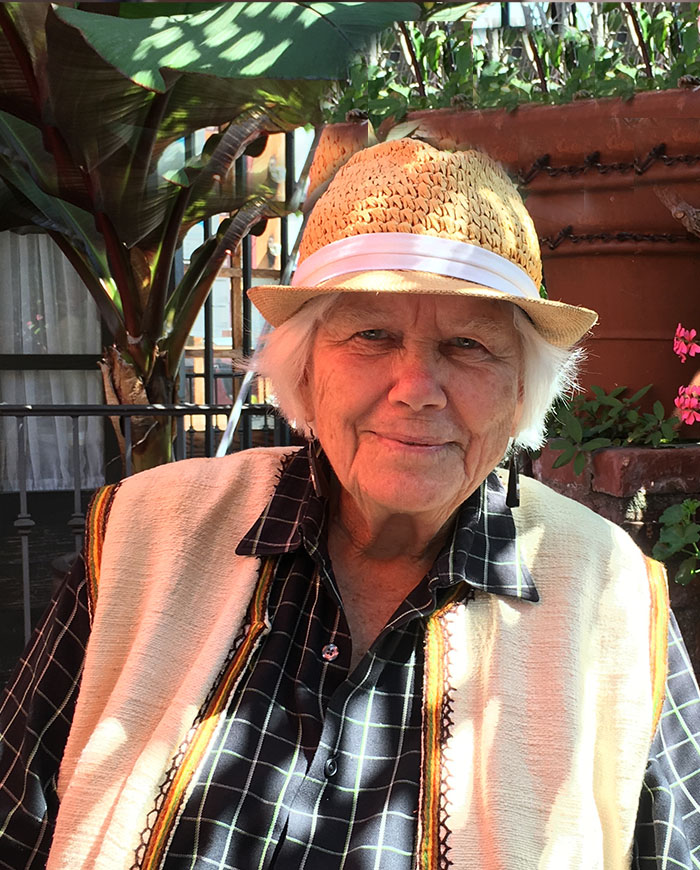
Susanna Dakin
Artist, Activist and Philanthropist
Bogaletch Gebre and I met in 1985, 35 years ago. We both felt a kind of instant meeting of minds, though our origins were so different. It was a friendship sealed by laughter. Every time we met, no matter how serious the issues facing us, we always found reasons for laughter, even facing enormous obstacles.
We met not long after her first 26-mile long charity marathon, after she had spent more than a year in rehab from a devastating vehicle turnover and back injury. She was told she would never walk again without pain. But her fierce younger sister Fikerte persuaded Boge she did not have to accept that diagnosis. Fikerte goaded her not only into walking, but finally even into running, and raising the first funds to launch her dream. She ran five yearly 26-mile long charity marathons in Los Angeles.
Boge had completed everything except the thesis for a PhD program in epidemiology at UCLA. However, before we met, she felt she could no longer focus effectively on a privileged life of intellect in the face of extended famine and starving children at Home in Ethiopia. With her first marathon she had raised the necessary funds to launch Parents International Ethiopia (PIE), the predecessor to of KMG-Ethiopia.
It was Fikerte who introduced me to Boge. I offered her the use of my tiny office, and we worked together in the early years of fundraising for PIE. But there was a missing piece of Boge’s story that I did not suspect until years later. I noticed something odd: She would present convincing ideas, with clear-cut means of accomplishing them, then present these ideas to a man working with her. Too quickly she would back off and try to integrate his responses into her vision, killing its strength. I was troubled by her apparent too-ready willingness to defer when her original vision seemed clearly the stronger plan.
Meanwhile I read articles on the practice of female genital excision. I brought one of them to ask Boge about the practice. She glanced at the title and drew up to her full height, glaring at me angrily. She said “This is a cultural issue, concerning only us. You white people should stay out of it!”
I was shocked. I had no premonition that my friend Boge might have been subjected to the operation described in the article or might now be defending that practice from my outsider nosiness. I withdrew, but over time read more such articles. Finally, one came written with extraordinary eloquence by a West African woman who had undergone the process. This time I asked Fikerte if Boge had been through that brutal procedure. She said yes, of course, just as she had, five years later. She said Boge had almost bled to death. She told me I should go ahead and show the article to Boge. The result was life changing.
Boge told me her story. There were a lot of tears. At about age 11, she went through the traditional cutting ceremony that she knew had brought about the death in childbirth of a beloved older sister. In her own case, she told me, just as the worst pain hit, she heard her mother scream out “Why do we have to do this?”
Once she faced the full impact of this childhood trauma, it changed Boge’s life and work. She no longer abandoned critical aspects of her plans that funders claimed unworkable. But she never forgot that if the women of a community want to put an end to such trauma, the entire community must join in and participate.
How many young Ethiopian women, and women of other countries, give thanks today for the enormous work of Boge and people like her to keep them whole? And how many people have been as blessed as I, to have had such an extraordinary friend?
